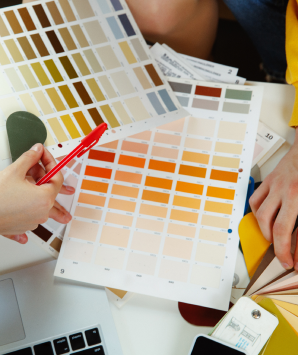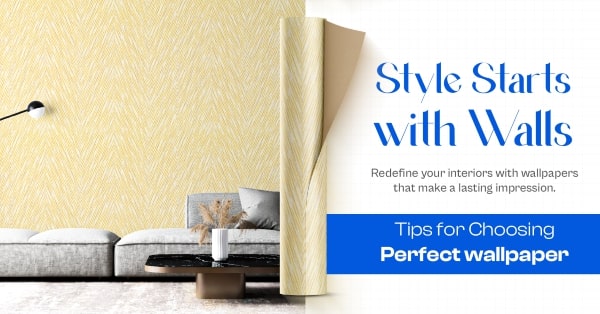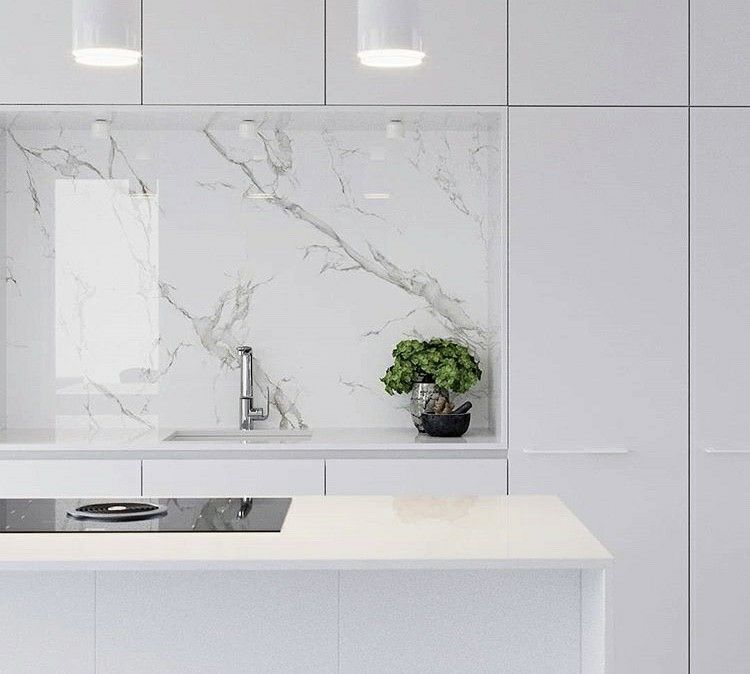
Sustainable Materials for Eco-Friendly Interior Design
In the quest for a greener future, sustainable interior design has become asignificant trend. Choosing eco-friendly materials for your home not only reducesyour environmental footprint but also creates a healthier living space. Here are some top sustainable materials to consider for your eco-friendly interior design:
Reclaimed Wood
Reclaimed wood is a popular choice for sustainable interior design. Sourced from old buildings, barns, and factories, this material not only reduces the demand for new timber but also brings a unique character and history to your space. Reclaimed wood can be used for flooring, wall paneling, furniture, and even decorative accents. Its rustic appeal adds warmth and texture, creating a cozy and inviting atmosphere.
Bamboo
Bamboo is another excellent sustainable material, known for its rapid growth and renewability. Unlike traditional hardwoods, bamboo can be harvested in just a few years, making it an eco-friendly option for flooring, cabinetry, and furniture. Its durability and versatile aesthetic make it suitable for both modern and traditional designs. Additionally, bamboo's natural resistance to moisture and pests makes it a practical choice for various applications.
Recycled Metal
Recycled metal is gaining traction in eco-friendly interior design. Metals such as steel, aluminum, and copper can be repurposed from industrial waste, old appliances, and construction materials. These metals can be used for fixtures, fittings, furniture, and decorative elements. Incorporating recycled metal into your design not only reduces landfill waste but also adds a contemporary, industrial edge to your space.
Cork
Cork is a sustainable material harvested from the bark of cork oak trees, which regenerate after harvesting. This renewable resource is an excellent choice for flooring, wall coverings, and furniture. Cork's natural properties include being hypoallergenic, fire-resistant, and an excellent insulator. Its soft, cushioned texture makes it comfortable underfoot, while its unique appearance adds a distinctive style to interiors.
Natural Fabrics
Incorporating natural fabrics such as organic cotton, linen, hemp, and wool into your interior design can significantly reduce your environmental footprint. These materials are biodegradable and often produced without harmful chemicals, making them a healthier choice for your home. Use natural fabrics for upholstery, curtains, rugs, and bedding to create a cozy, eco-friendly space.
Recycled Glass
Recycled glass is an innovative material that can be used in a variety of ways, including countertops, tiles, and decorative accents. Made from repurposed glass bottles and windows, this material reduces waste and adds a unique, artistic element to your design. Recycled glass surfaces are durable, easy to maintain, and available in a range of colors and patterns, allowing for creative and eco- friendly design solutions.
Conclusion
Sustainable materials are essential for creating eco-friendly interiors that are both stylish and responsible. By incorporating reclaimed wood, bamboo, recycled metal, cork, low-VOC paints, natural fabrics, and recycled glass into your design projects, you can significantly reduce your environmental impact. These materials not only enhance the beauty and functionality of your spaces but also contribute to a healthier, more sustainable world. Embrace eco-friendly interior design and transform your home into a sanctuary of sustainability.
Follow on social media:
Recently Posted
Top Color Palettes For A Comfortable And Warm Living Room
2024-06-11
Creating a comfortable and warm living room is all about choosing the right color palette.
What Are the Key Principles of Minimalist Interior Design
2024-06-20
In recent years, drawing admirers with its clean lines, serene spaces, and emphasis on simplicity.
Give Your Home a Modern Makeover with Wallpaper
2024-11-21
The leading wallpaper manufacturer in India
Tips for Choosing the Perfect Wallpaper
2024-11-21
There are bulleted points to choose the perfect one to transfrom your space.
Unleash the Potential of Polygranite: India's Best Kitchen Surface Option from an Interior Design Firm
2024-11-27
Upgrade your home with Polygranite sheets – stylish, durable, and budget-friendly.
Why Choose Business Bench for Your Interior Needs?
2024-12-21
The best interior design company Karur
Designing Your Dream Villa in Tamil Nadu: Luxury Wall Design Tips and Trends
2024-12-21
Best interior design company TamilNadu
Contact Us
Any question or remarks? Just write us a message!
Contact Information
Say something to start a live chat!
5/302, Kovai Main Rd, Ashok Nagar, Thirugampuliur, Andankoil East, Karur, Tamil Nadu 639002








